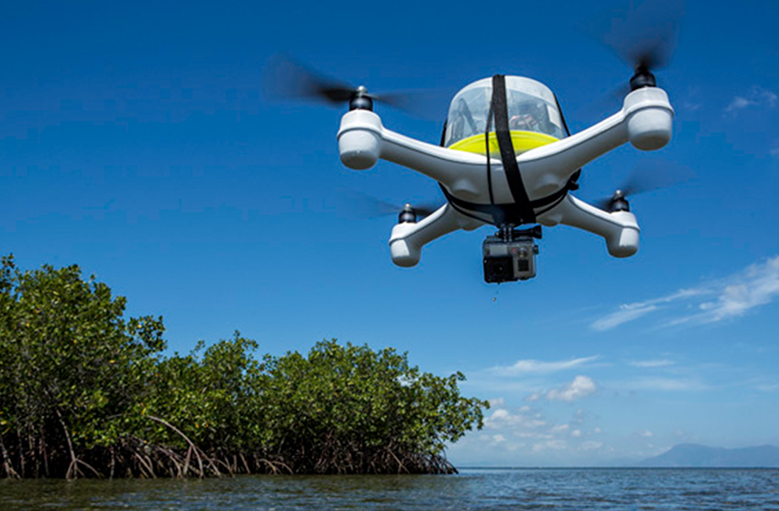Software and environmental science

By Rowan Edwards (Honours Research student)
My decision to move to Australia was rather abrupt. I’d visited Australia for a month to look at pollination and native bee populations, as part of work which started in England, and something about the place stuck with me. A few months later and I had my one-way ticket to study in Australia. A few more months and I arrived in a land where my eyes could barely cope with the sun.
Although I had been working as an ecologist in England I didn’t study ecology, but instead chose software engineering. In my time working in various areas of ecology I became more and more aware of the need for trained software engineers who are able to react to the rapid prototyping and innovation required in science. Technology is moving at such a breakneck speed that those who do not focus on it often are unaware of the options it provides, especially in data management and collection.
In my short time in this area between software and science I have been lucky enough to be involved in a number of studies, including endangered species conservation, landscape management and restoration of heathland, agricultural conservation in England, France and Portugal, and the management of all the data submitted to a leading English entomological recording society.
My education in software engineering has provided me even more opportunities, such as creating a database which tracks taxonomic nomenclature changes, the design of a set theory database which grow as research uncovers new information, an artificial intelligence which examines data integrity in a live database, and my current topic of study at Fenner which examines the use of a drone to create three dimensional models of woodland.
As part of my current research I travelled to Western Australia to a revegetation experiment run by Greening Australia. Here I put my flying abilities and the quadcopter to the test to determine what was possible. A few mishaps were had, including a few crashes and an extremely determined falcon that took offense at my intrusion of their airspace. Luckily no significant harm was done to either quadcopter or bird, which allowed me to collect all the data I required in time to take a quick break to do some sightseeing. A quick trip up Castle Rock and to the Albany coastline reaffirmed that I had made the right decisions. How many software engineers get the chance to fly quadcopters in rural Australia and visit such stunning places and sights? I don’t know, but I suspect it’s not that many!
